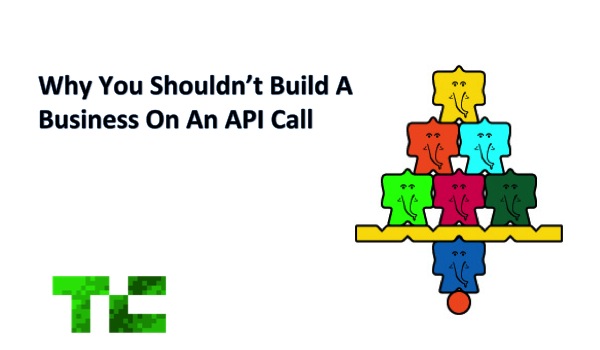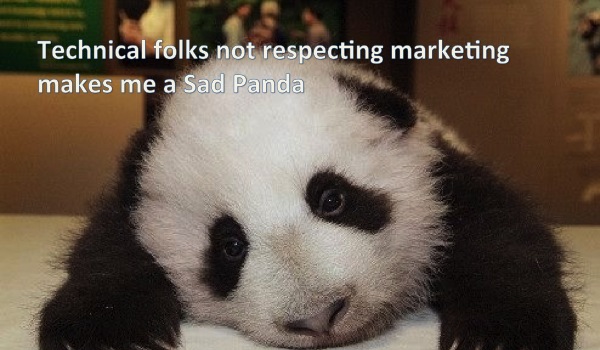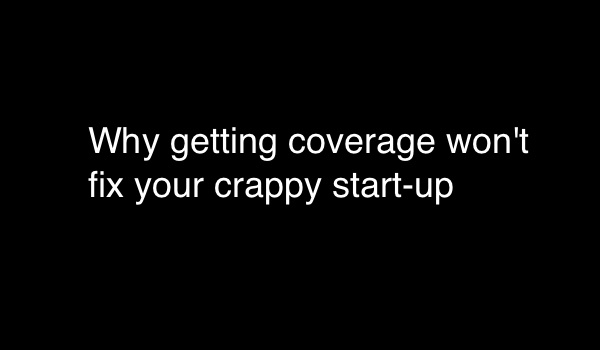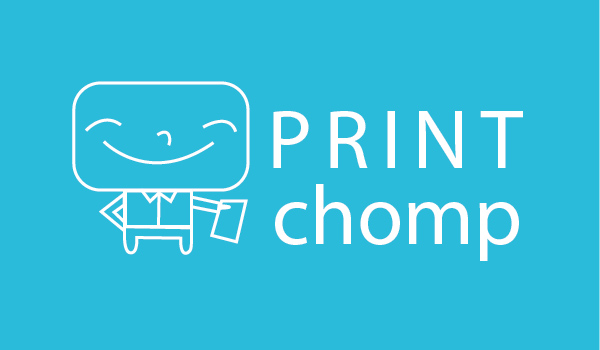On March 31st, 1985, WrestleMania was born at Madison Square Garden in New York. Last night, Wrestlemania returned to its roots in New York/New Jersey. WrestleMania 29 was hosted across the river at the Met Life stadium, where over 80,676 people packed in to see this spectacle. The event at the Metlife Stadium set a gate record with nearly $12.3 million, besting the previous gate record of $8.9 million by U2. New Jersey Governor Chris Christie was also in attendance in his patented fleece pull over supporting the event and putting over the economic benefit to New Jersey and fundraising for Hurricane Sandy. Over nearly 30 years, WrestleMania has morphed from a popular culture phenomenon to a major media presence. In addition to having the long running television show with over 1000 episodes, it continues its reach into feature films, philanthropy and social media. While each of these components would be impressive on its own, the effectiveness of it as a media machine is how these individual elements function together to grow its media “Universe”. The goal of any of its performers is to be able to transition seamlessly between multiple media to further extend WWE’s global brand. WWE performers now go between movies, television shows, appearances and other philanthropic activities. This year’s event featured a first. Dwayne “The Rock” Johnson went into the event as not only the WWE champion but also the reigning box-office champ with his new movie GI Joe: Retaliation. Dwayne personifies the aspirations and the direction of the organization. The organization has always tried to transcend its roots of being a wrestling company and further transform into a worldwide media company. John Cena achieved a measure of redemption by achieving a victory over the Rock to become the champion. Aside from it being John Cena’s 11th championship, at the press conference John demonstrated the global aspirations of the company especially within the Asian market. A Chinese journalist asked John a question regarding the timeline for a return to China. Without missing a beat, John quickly replied in Mandarin. Like many other brands, WWE recognizes the importance of reaching into the growing Asian market for growth. WWE has always been able woo international audiences as reflected in the international diversity of the press corps. For those monitoring social media, specifically Twitter, during WrestleMania or any other WWE event for that matter, trending topics on any given night can be dominated by WWE trending topics. WrestleMania had dozens of trending topics last night as different performers took the stage. After filling the Met Life stadium, the WWE doesn’t miss a beat. As a company without an...
Read MoreI am constantly amazed by the number of startups that build applications and take a huge business risk by building their company on an API call. Countless apps, particularly social apps, have popped up through the last 24 months that have taken data from other systems and re-displayed it in their systems. While there is widespread usage of APIs (and not for a moment am I suggesting that people not use them at all), I just think that start-up founders consistently underplay the business risk. The risk is clear, if the data dries up so does your business. For all that have created apps based largely on API calls, consider what would happen if that information fire hose wasn’t there anymore. The companies who provide these APIs may not disappear, but it will definitely be a game-changer. The changes to Twitter’s API should serve as a warning sign and an important reminder. Countless third-party Twitter apps have found all their hard work rendered useless by the latest release of their 1.1 API, as the vital flow of data has come to a halt or slowed greatly. Some might blame Twitter and say how dare they shut down the fire hose to the community. I think a lot of responsibility needs to be placed on the developers who consciously build on an ecosystem they knowingly can’t control. Two examples cited directly by Michael Sippey on the Twitter blog are Tweetbot and Echofon. In the words of Sippey, “Nearly eighteen months ago, we gave developers guidance that they should not build client apps that mimic or reproduce the mainstream Twitter consumer client experience. And to reiterate what I wrote in my last post, that guidance continues to apply today.” I am not here to parse the he said she said, just to offer a warning to startups building their business on an API. If your startup could have its throat cut by a TOS (Terms of Service) change or API change, you shouldn’t just brush inherent risks to your company under the carpet. Moving beyond the risks to your company you should also consider what the true value you are providing to your users. In many cases (especially in the case of social), apps merely have a new UI on top of the information of Twitter or Facebook. On the contrary, there is something amazing to be said for companies who build into the ecosystem and allow their functionality to be seamless across a broader group of applications. The best example that comes to mind is 37 Signals universe and the way they have built and integrated into countless other useful applications. They allow vital business information to...
Read MoreLately, I have had the opportunity to sit across the table for a coffee or a beer with a lot of technically talented people. Some of them I have actively recruit into Printchomp, because I recognize their skillset and ability and what they bring to the table. I have however seen some irritating trends. So people may be working on their pet project, which is totally fine, but then as an after thought they wonder how can I get millions of people to using it. This point leads me to my general hypothesis: that there are two equally important parts to balance the equation, the business part and technical part. I just sat in on a MBA class of students pitching their company ideas, and one resounding thing came back time and again. Many spent the presentation talking about a cool new technology, but not the pain it was solving. This is how I feel sometimes when I am listening to pure technologists describe their product to me. Yes it might be technically excellent but why the hell would I want to use it? There are some interesting lean principles regarding validation and testing hypotheses that can help pure technical people avoid those traps. That said I don’t think enough technical folks test those assumptions. It really comes back to why are you building this feature or product. One of the other judges at this university pitch presentation hit the nail on the head, build what you can sell not sell what you can build. I will go to my final point. There is a lack of respect for marketing and business development. Converting people to using your service or product doesn’t “just happen”. There are some instances where things can strike a nerve and go bonkers, but the vast majority of things need to build an audience. Audiences are built using good messaging and tactics, executed by a person who knows what they are doing. If you are an engineer and approach a friend to help you with marketing, don’t expect that they will impart all their knowledge in 10 minutes. Imagine your disgust if they expected you to tell them all about development in 10 minutes, it ain’t gonna happen. People need to consider tough questions like Cost Per Acquisition (CPA). They also have to know whether it is even worth it to acquire that customer, if you don’t have a downstream strategy, what is the point. One company in the pitch competition was stating their key differentiator to Dropbox was unlimited storage. I went on to painfully explain how one user could effectively break their business...
Read MoreWarning! This doesn’t apply to everyone who has tried to pitch me a story, but enough for me to write this blog post. Please don’t jump all over my head thinking that I am referring to you. When I started off as a part-time rogue blogger, I found it easy to write on things I found interesting. As the regularity and velocity of my blogging picked up, I found an interesting trend emerge. I now get a regular steady beat of requests to write about their start-up or a weird obscure thing going on in their company. Now don’t get me wrong,I come across a few real gems and legitimately interesting things going on. However, I drill down a bit further on why many of these companies are so actively seeking coverage (especially the ones that I find a bit dubious) and have found an alarming, but not surprising trend. Many of these companies are using coverage to mask the fact that their company has significant holes in it. It could be that their business is a “me too” company or that they are not nearly as far along as they claim to be, or even that the number of active users they have on their system just isn’t really interesting. Let me set the record straight: as a marketer, going after coverage is a perfectly acceptable and smart way to help advance the goals of your start-up. I am in the process of launching my own start-up right now (Printchomp – shameless plug alert) and PR will be a corner stone of driving user sign-ups and interest in the company. That said, if you are no where close to achieving product-market fit, your User Experience absolutely sucks or you’re a shameless knockoff of another site, maybe you don’t want to be pushing so hard for coverage. Even if all those items are fixed, you also have to make sure you have a compelling reason to actively pursue coverage. A veiled excuse to get backlinks from a major tech blog isn’t enough in my opinion. So before you send out an article request to piss off yet another tech journalist, ask yourself a key question. If you receive coverage, will it materially fix any of the day to day problems your start-up faces? It is like using wallpaper for structural support in a building. It looks nice, but it won’t keep your house from falling...
Read MoreAs some of you already know, I have been working on a new start-up. I spent two weeks on the high seas back in February contemplating my next move after leaving my last venture. It was very liberating to sit with a blank piece of paper and a pencil and scribble ideas. While the ocean went by I would sit for an hour or two a day and come up with ideas, business problems or other problems that need to be addressed. In the following month, I took all of my ideas and started evaluating them in more detail. I came to the one conclusion: the customized goods space is under serviced on the internet. It is still nearly impossible to do good comparison shopping for competitive goods or to order them in an easy fashion. The first industry vertical we will be building this service out for is the print industry, hence our name “Printchomp”. We just got back from TechCrunch Disrupt in New York where we have begun to share what we are doing. I even got to share a beer up on stage with Michael Arrington and MG, what a cool way to start a company. Meet our Mascot! For the time being, we are calling our mascot Chomp! He is the master of ceremonies for all Printchomp related activities and was created by our awesome Art Director – Alysha Puopolo Now onto business! We hope to be launching V 1.0 of Printchomp for this September and encourage you to sign-up at our website www.printchomp.com to get the latest news as we prepare for launch. Recruiting! We are looking for the best and brightest in talent to help build out our team. Declan Whelan, our tech virtuoso, is looking for some awesome tech talent to join our elite force of coders. If you want in on the ground floor of this kick-ass bootstrap start-up and have the skills to pay the bills email me at joseph (at) Printchomp (dot) com. We aren’t just looking for tech talent. If you have other skills that you think will help us, please let us know. We need your help! We recognize we are only as strong as our users. We need your help! If you want to help us please do the following 3 things 1. Like us on Facebook 2. Follow us on Twitter Follow @printchomp 3. Sign-up for our updates – Sign up here...
Read MoreWrestleMania has transformed itself from a small wrestling event to an international media spectacle. In its 28th incarnation, held at the beginning of this month, there were no signs of it stopping. The WWE did something unique last year – it announced the main event for Wrestlemania over a year in advance. The big match featured Dwayne “The Rock” Johnson, a huge cross-over star, and John Cena, the current flag bearer for the company. Recognizing the challenges of trying to keep interest for the match a year in advance, the WWE turned to social media. I wanted to some of the people driving this initiative, both on- and off-screen. Jason Hoch, SVP of Digital Operations for the WWE, discussed his social media strategies for fan engagement and social TV. Since joining the WWE, Hoch undertook a huge project to re-launch WWE.com with a totally new UX with social media at its core. Rather than just putting as Jason says “plug-ins” or social areas, they have tried to build the entire site to be socially enabled. This included deep integration so users could follow their favorite stars on multiple social networks and interact with them seamlessly. Throughout the event, WrestleMania and related hashtags dominated Twitter. As they push hard into social, Jason specifically recognizes that social media fatigue is a key element that needs to be closely monitored to determine what level of interaction is appropriate and doesn’t turn off fans in its broadcasts and other media. I also interviewed Zack Ryder, who talked about how he has elevated his career due to social media. Zack has been one of the key individuals who helped push social onto the WWE radar and elevate its corporate importance. While he isn’t the biggest star in the WWE, his usage of social has elevated his position in the company and allowed him to better engage his fans. He points to this and says if he didn’t embrace social media and make some waves he would have likely been fired. This is a good example of how employees are using social media to elevate their status within a company and make themselves more valuable employees in the eyes of their employers. So far, their engagement strategy appears to be working. The WWE feels like they are more up-to-date and engaged. In many cases, WWE wrestlers were actively retweeted, followed and engaged by fans. One stat that is very telling was the number of followers and likes they have on Facebook and Twitter. The numbers behind this are impressive. Between all of the stars’ accounts, they have over 60 million Twitter followers and 20 million Facebook...
Read More




